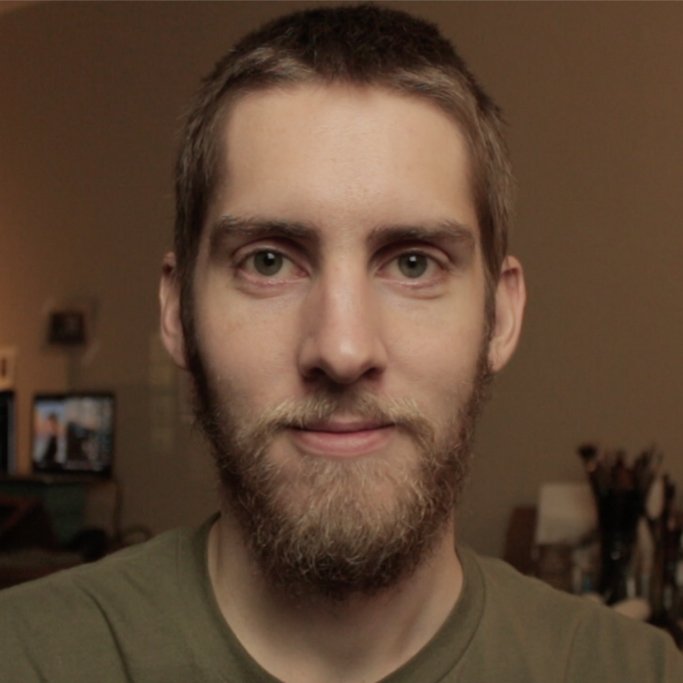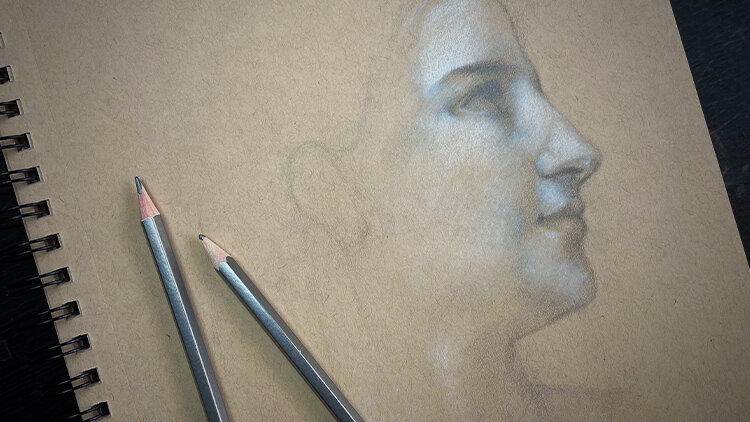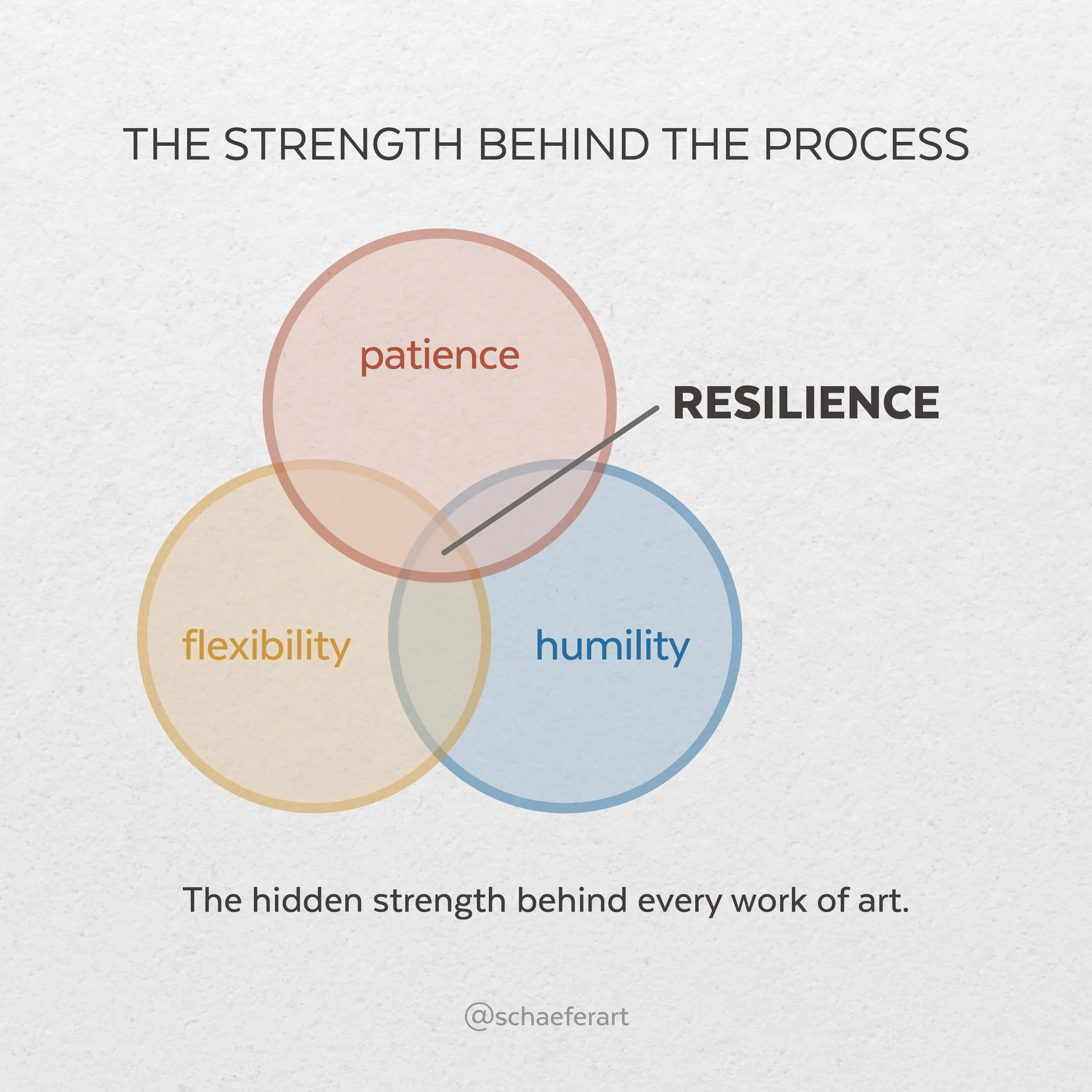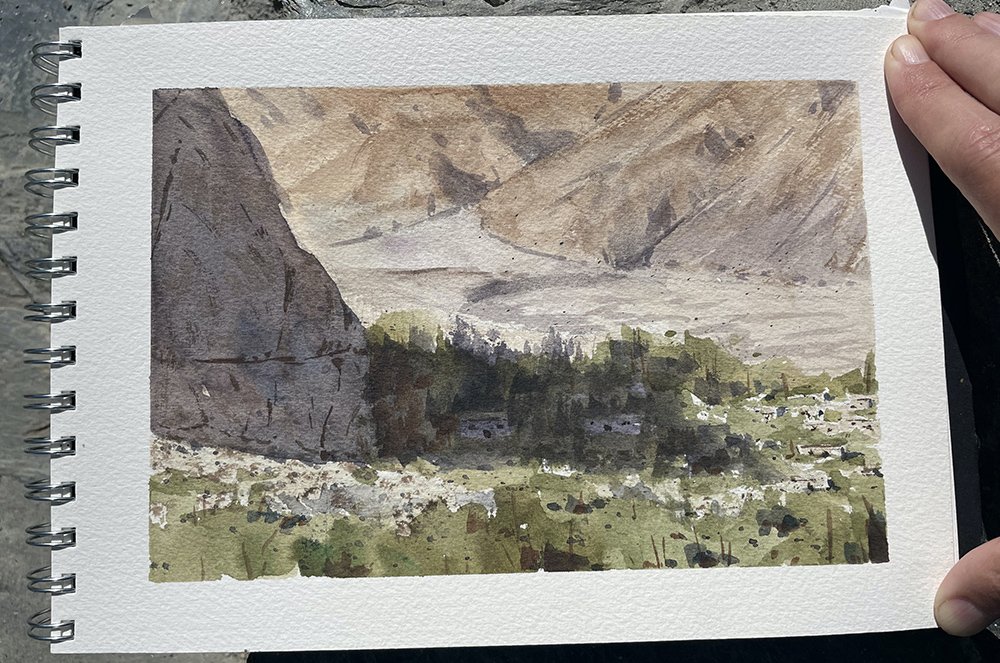6 Keys for Developing Your Own Style
When it comes to creating a style, it can be quite challenging to separate yourself from all of your inspirations and other artists in the world.
Many aspiring artists get stuck in the rut of copying work from artists they enjoy but when attempting to create a piece of their own, they fall short. This happens most of the time due to the fact that when following a lesson, the beginner artist will act only as a robot and copy every move that the instructor is making - color-mixing, composition, everything. There is nothing too wrong with this in the beginning - the main problem comes when this is repeated and becomes habit. Now that we know one of the problems, we can fix it before it happens. Let’s take a look at the 6 Keys I’ve laid out below to help you find your own style in your art and paintings:
1. Inspiration
So, my first words of advice are to be a human and not be a robot, learn the basic techniques, and create your own work. Easier said than done - I know. Allow me to explain further. Remember to use artist's work that you enjoy merely as inspiration, rather than copying what they've already created. Take little elements that you enjoy and incorporate them into your own work, in your own way.
2. Time
Firstly, realize that this is going to take time and training. Everything does. Ever hear about those stories of young children being masters at guitar or piano or whatever by the age of 10 or 12? How can that be? Well, if they started when they were 5 - that gives them 5 to 7 years of training and practice! Now give yourself that much time and see where you'll end up. Be patient. Time is going to pass either way, so you might as well do something you enjoy and can improve with.
3. Practice
From my experience, this is where the majority of aspiring artists fall short - they don't put the necessary time in for practicing their craft. Daily practice is going to be your best bet. Of course, sometimes life happens and we just can't do it everyday 100% of the time and that's fine. But don't fall into the trap of slowing letting is phase out and drift away - try to keep a schedule and stick to it. Whether it is 1 hour a day or 5 minutes, if you wish to improve, you must practice. And remember, your first 100 paintings don't count! They're merely practice for your craft and learning how to use the materials and apply the techniques.
4. Paint From Life
Painting from life has probably been one of the most beneficial things I've ever done for improving my work [and also painting small!]. Even if you wish to become a fantasy artist, I believe that you must know the rules first before you can break them. Whether it's landscapes, still life, or portraits and figures, painting from life will help this process and improve your skills dramatically. Make a goal of doing one painting a week outside and see how it goes. Also, go out whenever you can, preferably in the early morning or late evening, and take photos to use as references later on - if you are unable to paint on location.
5. Experimentation
It's important, especially in the very beginning of your painting journey, to experiment and try different things. Try all kinds of brushes, canvases, panels, paints, and any other materials you can think of. Also, try different painting styles - be detailed, impressionistic, etc. - and discover what you like best and what works for you. Too many people attempt only 3 to 5 paintings and then throw in the towel because they didn't turn out as expected. This is a sad truth and one should know that the master's didn't become great overnight or after their first 200 paintings even! It took a lot of time, practice, effort and experimentation.
6. Evolving Process
Remember that your style will most likely evolve over time, just like anything else - your haircut, clothes, car, location. With each painting you do, you will become wiser and learn from every mistake to make your next work that much better. So by being patient, practicing daily or as much as you can each week, and painting from life - you should see a noticeable difference in your paintings and the way you create compositions and use color. Most importantly, don't give up! Take a break if you need to - whether it's 20 minutes or a few days off - soak up some inspiration and get back to it with fresh eyes.
A Live YouTube video I did on the subject of Developing a Style: https://youtu.be/4NUY_URBVnM

I am an artist, writer, and instructor. As a previous graphic designer for a healthcare management business, I now teach drawing, painting, and discovering your passion with art.
When You’re Ready, Here’s How I Can Help You:

Unlock your artistic potential and learn to draw with confidence using the Intuitive Drawing method. From your first sketch to creating realistic drawings and subjects.













